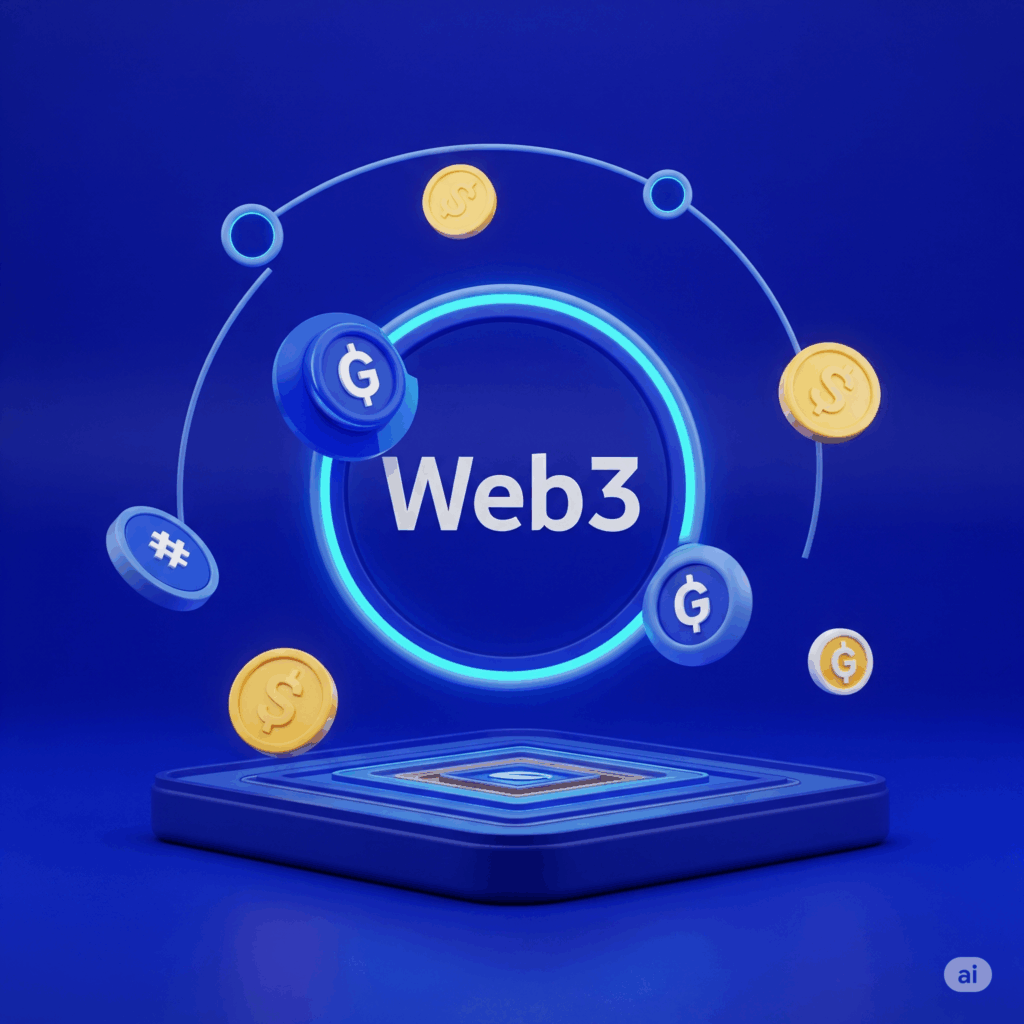Have you ever spent hours building up a character in a game? Maybe you collected rare items or earned unique skins. But have you ever truly owned them? In traditional gaming, most of your hard-earned digital items belong to the game company. You play by their rules. They can change things or even take items away. This is where Web3 gaming steps in. It promises a big change for players everywhere.

Web3 gaming combines the fun of playing with the power of blockchain technology. This new approach offers something truly exciting: real digital ownership. It also brings new economic models. The most talked-about one is “play-to-earn.” Imagine earning real value just by playing games you love. This idea is sparking a revolution in the gaming industry. It is changing how we think about our time and effort in games.
Many gamers are curious about Web3. They wonder how it works. They also want to know what it means for them. We will break down the core ideas of Web3 gaming. We will explain how play-to-earn works. You will learn about NFTs in games. You will also understand why digital ownership matters so much. Get ready to explore the exciting future of gaming. It is a future where players have more control.
This is just the beginning of a big shift. Game developers and players are exploring new possibilities. Some early Web3 games have already gained huge popularity. They show us a glimpse of what is possible. Let us dive into this fascinating new world. We will discover how Web3 is redefining gaming. It is putting power back into the hands of players.
Play-to-Earn (P2E): A New Economic Model in Gaming
The idea of “play-to-earn” (P2E) is central to Web3 gaming. It is a fundamental shift from traditional gaming. In the past, you paid to play games. You spent money on in-game items. But you rarely earned anything of real-world value back. P2E changes this entire model. It allows players to earn cryptocurrencies or NFTs. These digital assets can then be sold for real money.
Think about games like Axie Infinity. Players breed digital creatures called Axies. They use them to battle other players. By winning battles, players earn a cryptocurrency token. This token has real market value. Players can then sell these tokens. They can also sell their Axie NFTs. These transactions happen on a blockchain. This means they are transparent and secure.
P2E games often involve different ways to earn. You might earn by completing quests. You could earn by winning battles. Some games let you earn by simply owning certain in-game assets. These assets might generate passive income. For example, you might own virtual land. This land could produce resources. Other players might pay to use your land.
This model creates a new economic incentive. It rewards players for their time and skill. It also creates player-owned economies. Players become active participants. They are not just consumers. They can influence the game’s direction. They can also profit from its success. This shared ownership is a powerful concept. It empowers the gaming community.
However, it is important to understand the nuances. P2E models can be complex. The value of in-game assets can fluctuate. Like any cryptocurrency, their prices can go up or down. New players often need to make an initial investment. This investment helps them acquire game assets. This allows them to start earning. It is crucial to do your research. Understand the game’s economy before you play.
Despite the complexities, P2E represents a significant step. It is moving towards a more equitable gaming model. Players are no longer just spending money. They are also earning value. This shift is attracting a lot of attention. Both gamers and investors are watching closely. The future of gaming might very well be about earning as you play.
